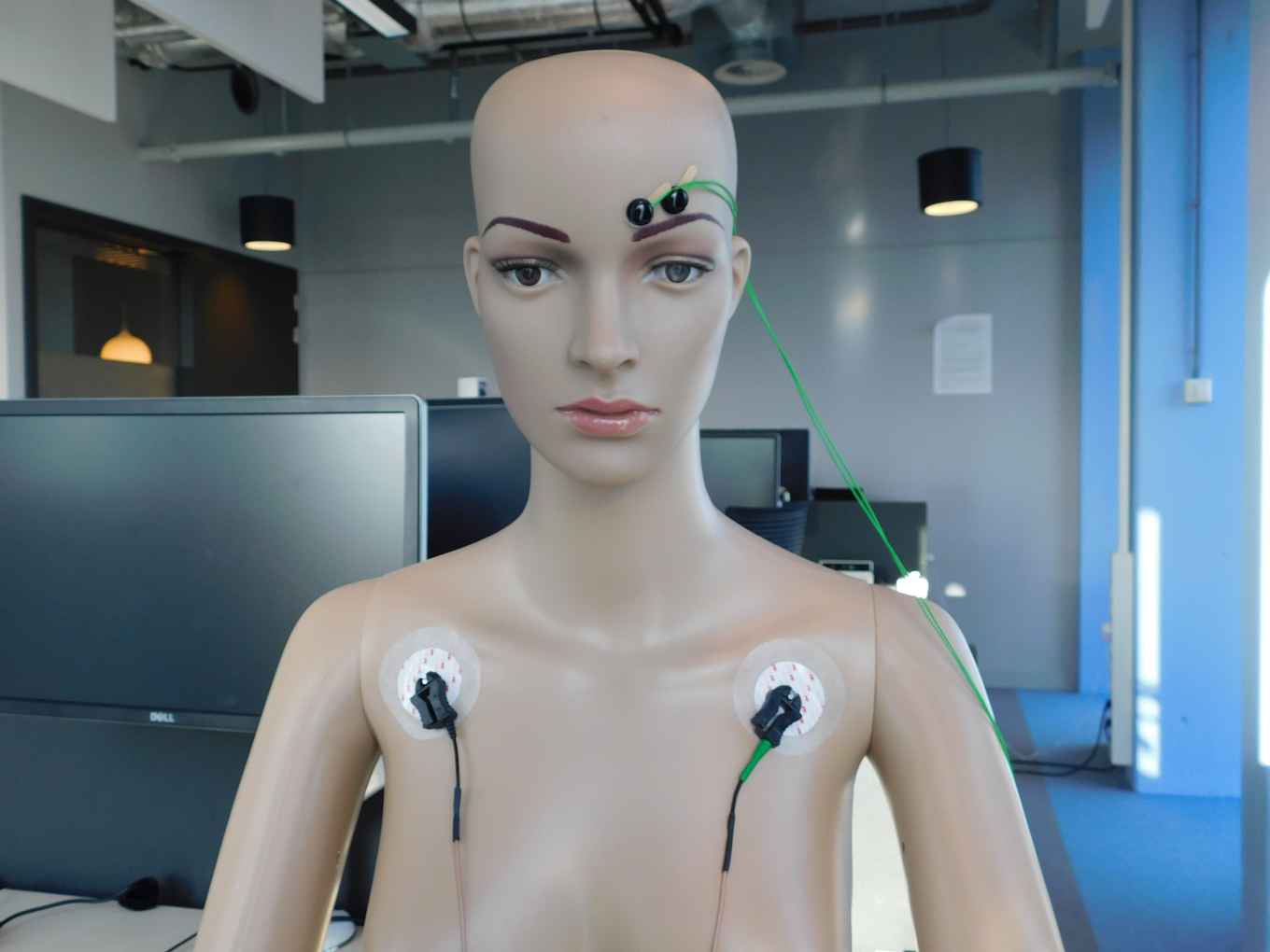Replication study contradicts claim that conservatives have stronger physiological responses to threats than liberals
10 February 2020

In 2008, Oxley et al. published a study (link) in the leading journal Science, in which they described how people with a conservative worldview have a stronger physiological response to threatening pictures than people with liberal views. The study by Oxley et al. suggested that the brains of right-wing people might be more focused on threat than the brains of left-wing people. The study was groundbreaking. Psychologists and political scientists had been trying for decades to understand why conservatives and liberals differ in their views of the world. The study has since been frequently cited by scientists and receives a lot of attention in international media.
Exciting study
Communication scientist Bert Bakker and political scientist Gijs Schumacher of the UvA and political scientists Kevin Arceneaux and Claire Gothreau in Philadelphia were inspired by the work of Oxley et al. Bakker: ‘It was an exciting study. It made an important contribution to a new field of research in political science and psychology that offers a provocative perspective on the biological origin of the age-old separation between left and right. The study also had a major social impact. In the discussion about polarisation in the western world, the work of Oxley et al. is used to paint a dark picture of the future: the differences between left and right people are even biological.’
In the original study in Science, 46 participants from Lincoln, Nebraska, were connected to equipment that measured how much sweat the hands gave off in response to threatening images, such as a large spider on a man's face. In response to the images, people who adhered to a right-wing ideology appeared to have a stronger physiological response than those who adhered to a left-wing ideology.
No connection between ideology and physiological responses
The researchers in Amsterdam and Philadelphia first carried out two conceptual replications in which other threatening images were used, such as a gun aimed at the screen. The purpose of these studies was to calibrate the equipment. The researchers soon discovered that the physiological response to these pictures was not related to the political views of the participants in Amsterdam (81 participants) or Philadelphia (352 participants).
Bakker: ‘We initially thought we did not conduct the research properly. That's we contacted the authors of the original study. We received the original pictures from their studies from them.’ To increase the controllability and reproducibility of the replication study, the researchers pre-registered the study: they recorded in advance what they were going to do and made this public. In 2018, Bakker and Arceneaux enrolled 202 participants in Philadelphia - more than four times as many as the original study. The researchers again found no correlation between a conservative worldview and stronger physiological responses to the threatening images used by Oxley et al., and therefore nothing to support the earlier study’s claims about the differing responses of conservatives and liberals.
Publication information
Bert N. Bakker, Gijs Schumacher, Claire Gothreau, Kevin Arceneaux: 'Conservatives and liberals have similar physiological responses to threats' in Nature Human Behaviour, 10 February 2020. DOI: 10.1038/s41562-020-0823-z.